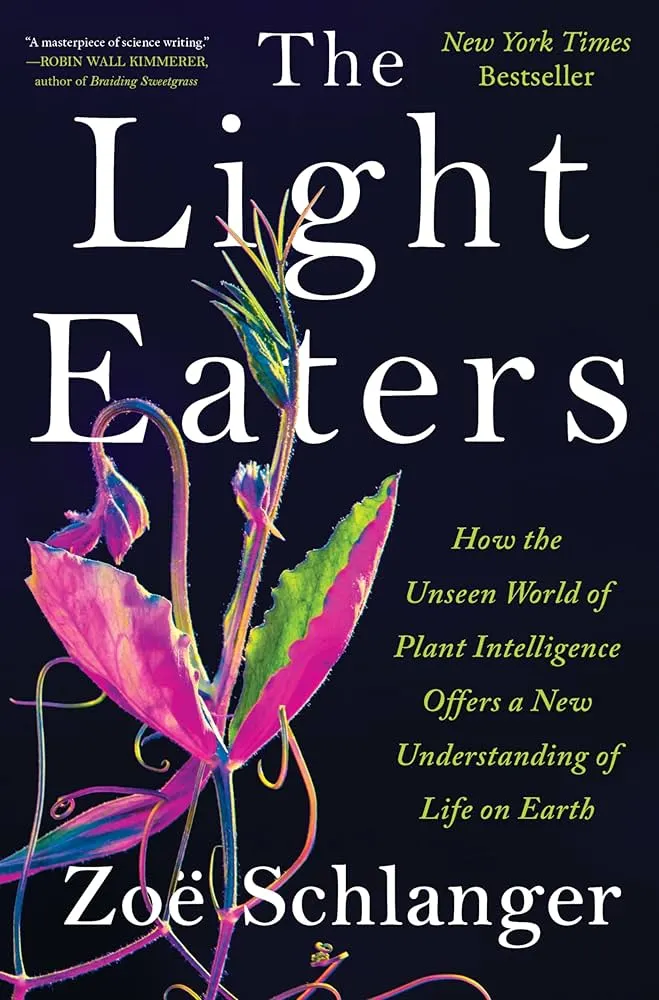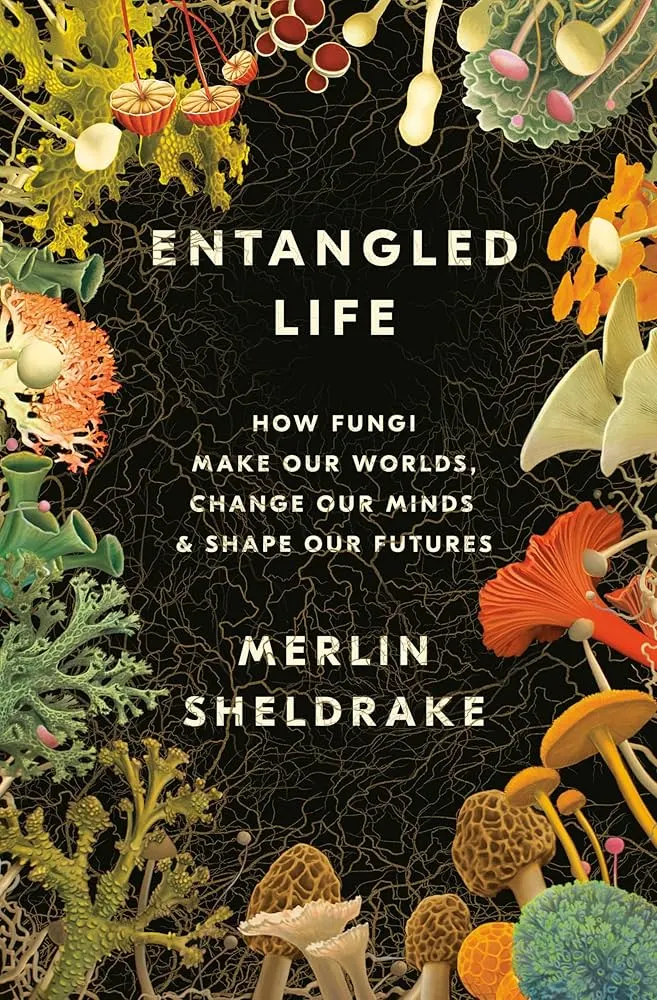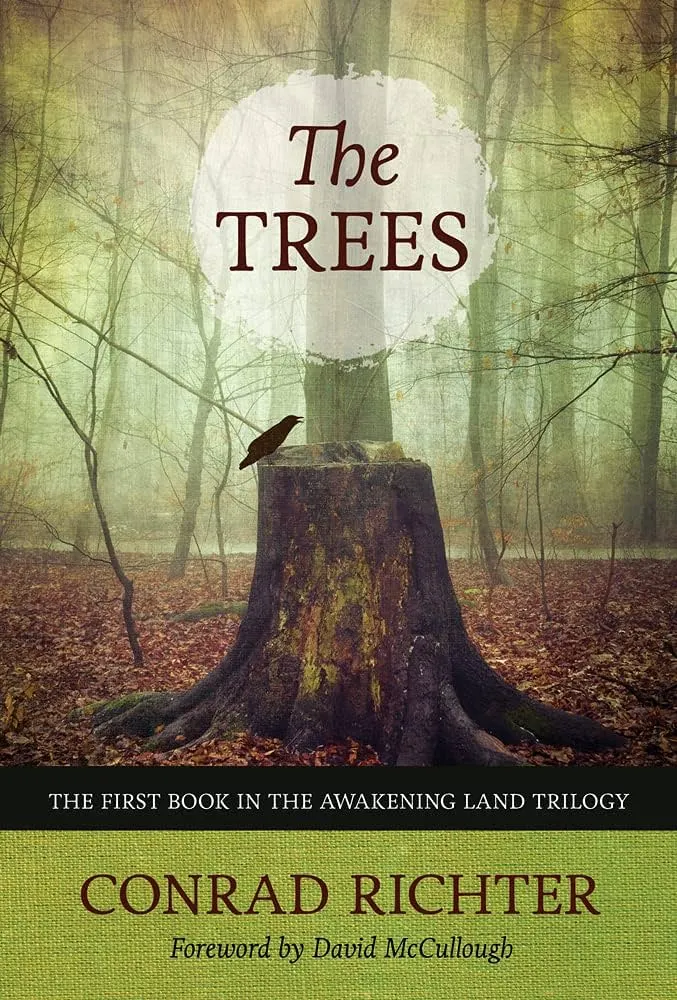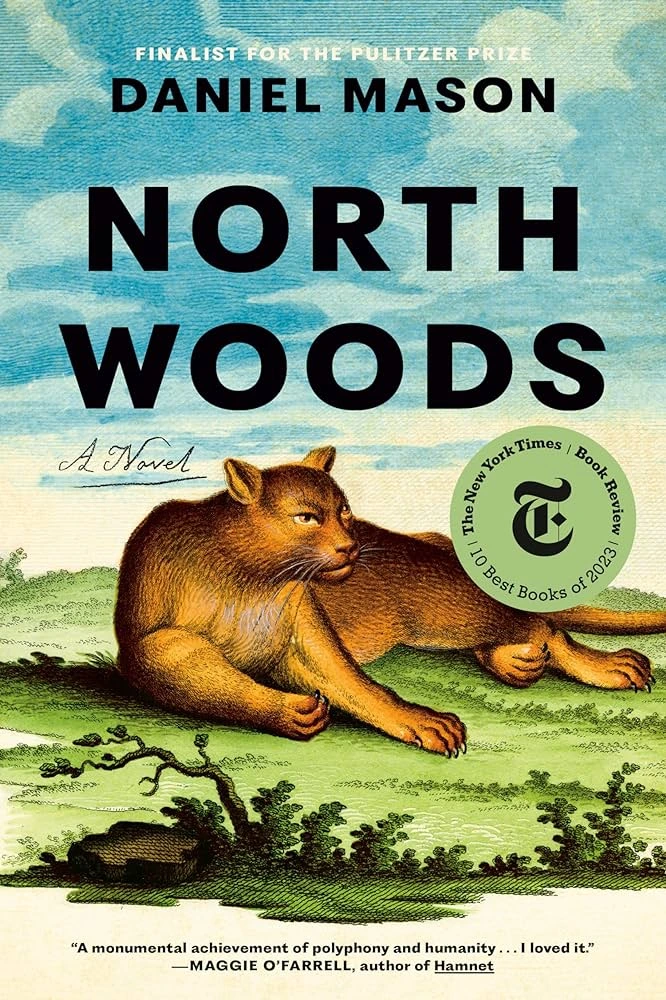If you live in the Northeast, as I do, you are well aware of the signs: maple trees beginning to flame with color; ornamental grasses waving their feathery tassels in the wind; tomato plants spent and wilted from the effort of packaging all those seeds into edible containers. Autumn is upon us. Never mind that some days it’s still 85 degrees under a blazing sun. Somehow every growing thing knows it’s time to switch gears, shed the summer wardrobe, and make preparations for a long winter’s nap.
I have questions. How do they know? Why does their winter prep affect us so profoundly, rendering some of us melancholy, energizing others to pick up the pace? The short answer might be that we are related to our botanical cousins on a molecular level and couldn’t separate our lives from theirs if we tried. The longer answer, as explored in the books below, is more complex, startling, and inspiring. This month’s books include science writing, a book of essays about nature, and novels that tell the story of the relationship between humans and their botanical kin.

The Light Eaters: How the Unseen World of Plant Intelligence Offers a New Understanding of Life on Earth by Zoe Schlanger
The Light Eaters: How the Unseen World of Plant Intelligence Offers a New Understanding of Life on Earth by Zoe Schlanger (Harper Collins, 2024) explores the emerging, controversial notion of plant “intelligence”. Some botanists in the field resist the word because it seems too human and therefore too likely to be dismissed as nonsense. It’s hard to find another word that better fits, though, when one considers that plants, despite their lack of anything resembling a brain or a central nervous system, have been shown to react to sound, touch, visual clues, and chemical messages coming from other plants and trees. Ms. Schlanger, an excellent science writer, explains the complicated research in terms a layman can appreciate, and displays healthy doses of both skepticism and wonder as she encounters amazing feats of plant discernment.
Each chapter explores a different facet of plant knowing, all of them impressive, some of them astonishing, like the boquila vine that can change its physical form to mimic ANY plant it wants to climb, and make the change in a matter of weeks. Ms. Schlanger proposes a possible solution to the problem of how to label plant knowing by suggesting that we shift our notion of intelligence back to its Latin root, interlegere, meaning “to choose between”. Intelligence as evidenced by choosing, discerning, and responding, seems for now to be the best word for plant capabilities, admitting as the author does that, “Words, at the end of the day, fail to capture biological creativity.”

Entangled Life: How Fungi Make Our Worlds, Change Our Minds, and Shape our Futures by Merlin Sheldrake
Another book that explodes our understanding of plant communication is Merlin Sheldrake’s Entangled Life: How Fungi Make Our Worlds, Change Our Minds, and Shape our Futures (Random House 2020). This book introduced me to the tenth-grade-science-annihilating notion that fungi belong to their own phylum, and are neither plants nor animals. I was taught that every living thing was either plant or animal! We know better now. Fungi have traits of both, as well as unique traits all their own. It turns out that they are the communication system that sustains life on Earth.
Those little mushrooms that pop up in our lawns or get sauteed for dinner are merely fungi’s fruit, the small visible portion of a vast underground network of information-sharing fibers, more extensive and adaptable than anything telecommunications companies have yet devised. Fungi produce chemicals that form the basis of many medications and sustain every forest by supplying nutrients to the trees that return the kindness by spreading fungi’s spores. Fungi are even the means by which plants came to exist in the first place when they long ago provided water-based algae as a bridge to dry land. As Sheldrake sees it: “Life is interconnected, and fungi are the thread that weaves it all together.”

The Pilgrim at Tinker Creek by Annie Dillard
When Annie Dillard wrote The Pilgrim at Tinker Creek 50 years ago, neither she nor biologists had the depth of knowledge about plant and fungi capabilities we have today. Her book (Harper & Row, 1974) won the Pulitzer Prize not for its scientific revelations, but for its thoughtful, poetic writing about beauty and meaning in the natural world, as she observed it over the course of one year. The book is in effect a travel diary of Dillard’s journey, one that stayed close to her physical home but ranged far and wide across her spiritual musings.
She described her pilgrim state: “I am a fugitive and a vagabond, a sojourner seeking signs.” Along the way she observed the wreckage wrought by nature and found miracles in its random yet precise placement of trees, rocks, light. “Today is one of those excellent January partly cloudies in which light chooses an unexpected part of the landscape to trick out in gilt, and then the shadow sweeps it away. You know you’re alive. You take huge steps, trying to feel the planet’s roundness arc between your feet.” The book is not in the current style or about the current thing. It is instead timeless and profound, and therefore worth a reader’s time as much today as it was when it was written.

The Trees by Conrad Richter
Conrad Richter’s novel The Trees (1940 Knopf) is another classic book not at all in the current style. Richter based much of his book on interviews with living descendants of original pioneers who carved their homes from the untamed forests of the 18th-century American frontier. He captured their language and way of thinking so naturally that one would swear he’d been there, even though he was born many decades later.
Richter’s characters are taciturn, not given to express or even acknowledge their emotions, and yet we understand them through their actions and the things they value. Richter describes the long-gone wilderness so well that we are as overwhelmed by the oppressive presence of the dark, towering forest as the pioneers were. As a descendant of these explorers, I loved learning more about their way of life and kept wanting to thank them, to express my admiration for their strength and determination (even as a small part of me also wanted to tell them to stop cutting down so many trees!). But that was a different era, and having been written in yet another different era, the novel reveals more than one layer of our past. I hope it’s still captivating readers 60 years from now.

North Woods by Daniel Mason
North Woods (Random House 2023) by Daniel Mason is a hard book to categorize, and not just for me. Reviewers have called it “original” “inventive” “daring”. Full disclosure: I think it is one of the best books I’ve ever read. The book is the history of a place, a particular plot of land in Western Massachusetts, and the many people who’ve lived there over centuries. The characters include rebellious Puritan lovers, Native Americans, an apple grower, two sisters in a very unusual relationship, a man suffering from either mental illness or the ability to see the invisible, a closeted artist, a house.
The land is also a character, or as the author said, a protagonist. Mason describes the landscape in language so gorgeous I read sentence after sentence more than once. Consider this one: “Frost silvered the tops of the mountains, the winds shook the leaves from the branches, and each morning, the woods seemed thinner, as if the country were slowly showing him what lay within.” The novel is written in poems, letters, journals, art, and narration. There is even a passage about beetles mating that is — erotic — no other single word will do. The best single word I can conjure to describe this book is “magical”.
Lit Garden is a monthly book recommendation column from Diane Parrish. You can view previous columns here.


